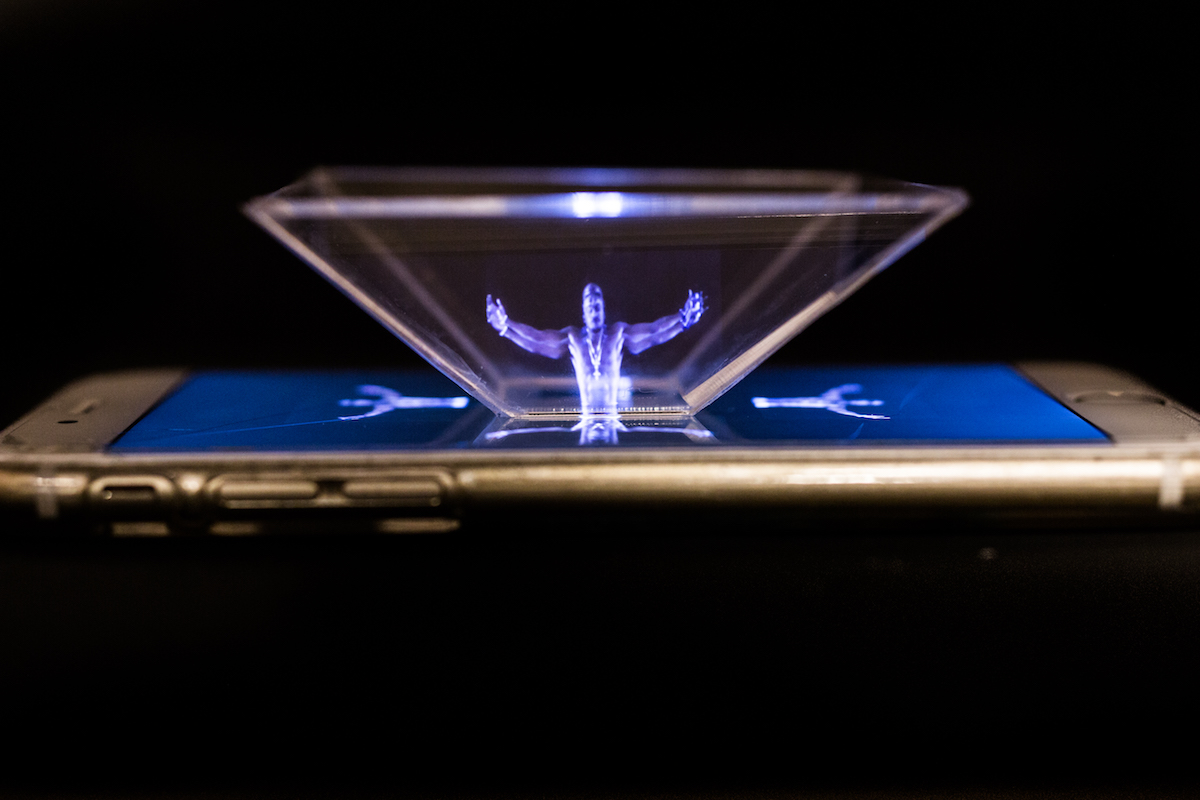

The holographic appearance of the late Tupac Shakur onstage at Coachella in 2012 blew minds because of how lifelike and detailed the hologram appeared. The dancing illusion used a technique first described by 16th-century Neapolitan scientist Giambattista della Porta, and later developed by Henry Dircks and John Henry Pepper, from whom it got its name: Pepper’s Ghost.
This illusion originally required almost a whole dedicated room to perform. Nowadays you can make a tiny hologram using just a small acrylic pyramid and your smartphone. Here’s how.









